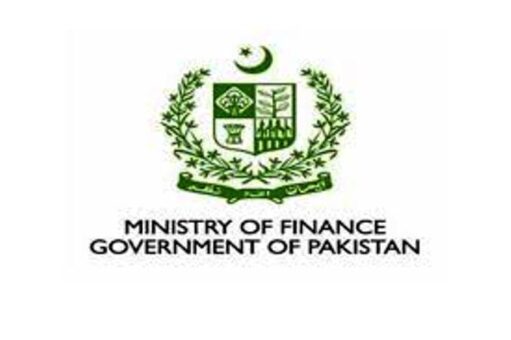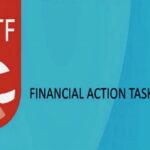ISLAMABAD: The Finance Division on Monday said that the screening of all saving schemes is meant to stop any ill-gotten money to become part of financial system and to safeguard the valued investors from the menace of Money Laundering and Terrorist Financing.
The Ministry of Finance, while clarifying news reports, said that Central Directorate of National Savings (CDNS) is committed to mitigating the deficiency to improve customer service delivery and to comply with the FATF recommendation to safeguard the investors’ interests.
Banks under the supervision of SBP have already put in place all the required systems and KYCs (Know Your Customers) processes to comply with the FATF recommendations.
In order to implement this requirement, Finance Division through promulgation of National Savings Schemes (AML-CFT) Rules, 2019 has decided to engage an AML-CFT compliant bank, through competitive bidding, to put in place the requirements as well as the necessary training of employees of National Savings.
Accordingly, Expression of Interest, in consultation with SBP, has been sought from the interested bank to conduct KYC and other requirement of new as well as existing clients of CDNS.
This will include the biometric verisys and screening of potential clients in UN Proscribed person List.
All these screenings are meant to stop any ill-gotten money to become part of financial system and to safeguard the valued investor from the menace of Money Laundering and Terrorist Financing.
Finance Division therefore reiterates that the steps of the Government are aimed at making the CDNS compliant with the FATF requirement and are not intended to jeopardize the interests of the account holders / customers.
Moreover, third-party arrangement will make the organization i.e CDNS more transparent and viable for the customers and will not in any case affect its financial business.




